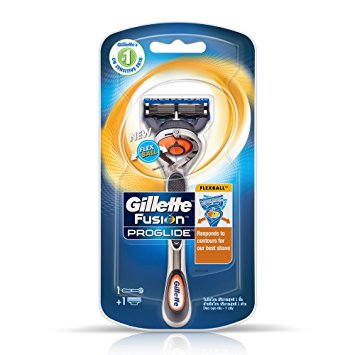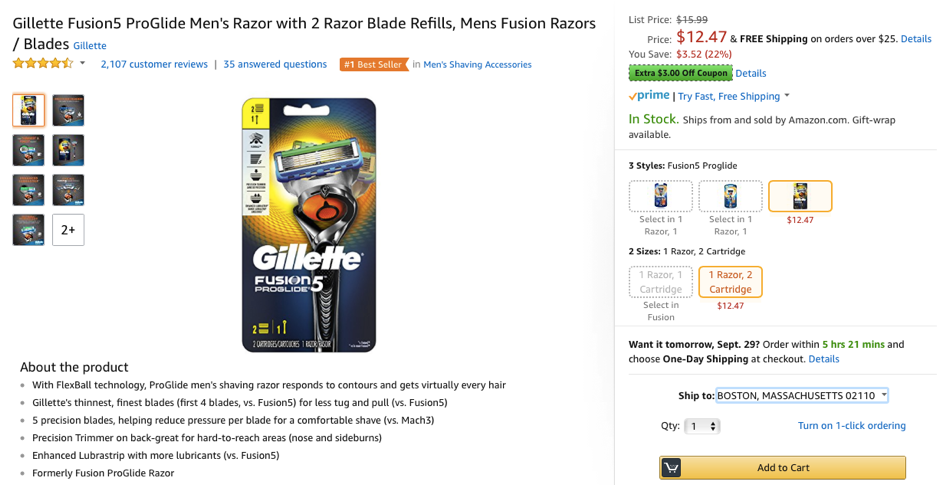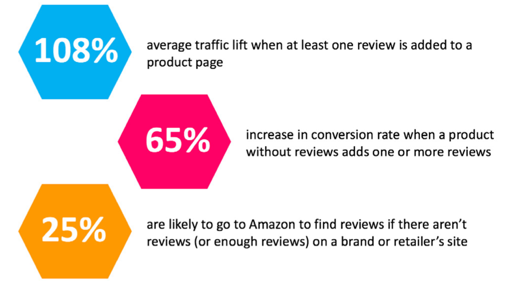
It’s clear that the dynamics of eCommerce is fast creating a level playing field for brands – regardless of size or marketing budget.
As we outlined in our earlier post, many smaller brands have a natural advantage on eCommerce sites like Amazon due to lower barriers to entry, search advantages (shoppers are increasingly trained to search for more ‘niche’ products that may not be available in the offline world), and shorter R&D cycles (smaller brands can simply be more nimble and move faster to get new products to market).
However, big brands that can dedicate the right level of attention and resources can perform exceptionally well on Amazon.
Here we outline our top do’s and don’ts for bigger brands to compete with fast-moving challenger brands online.
DO:
1. Aggressively focus on search. As big brands soon discover, small brands can have huge preexisting demand that results in frequently searched keywords and, due to a relentless focus on Amazon, can have aggressive Amazon sponsored search strategies.
But bigger brands, with bigger budgets, can still compete — particularly with paid search, called Amazon Marketing Services on Amazon.
Sponsoring keywords is an absolutely essential part of any search strategy. Sponsored products, according to Profitero data, receive average sales lifts of between 9% and 23+%, depending on how frequently searched a keyword is. And, just as important, the boost of sponsorship does not end when the campaign ends. Products keep, on average, 44% of search gains up to five weeks after sponsorship ends.
There are three groups of keywords to use in your sponsorship plan, in priority order:
- Your own branded keywords (branded keywords contain a specific brand name in the text);
- General category terms (e.g. “deodorant”) that are frequently searched and competitive;
- Competitors’ branded keywords
Winning your own branded keywords is table stakes and first priority. Especially if you are a large, highly-visible brand, much of your sales volume is likely to come from shoppers searching for your brands. If the first products those shoppers see are sponsored products for your competitors, you will lose some of those shoppers.
At Profitero, we’ve seen key brands being out-sponsored — by competitors — on their own biggest brands’ keywords by a 3:1 ratio. That means shoppers specifically searching for that brand ended up seeing another brand — often.
For more guidance on crafting a search and search sponsorship plan, download our eBook.
2. Out-execute the competition. After search, product content is one of the most critical factors to out-performance at the digital shelf. Clear imagery across your range can improve conversion and help shoppers trade up. Ensure your top products have enhanced product content such as videos, plenty of high-quality images, as well as detailed bullets and descriptions.
For example, this product page for Gillette Fusion checks all the right boxes for having content that converts: good images, product bullets and A+ content.
 Once you’ve fine-tuned your product content, you’ll then want to boost reviews for your products.
Once you’ve fine-tuned your product content, you’ll then want to boost reviews for your products.
Increasingly, many brands are leveraging technologies such as Vine to quickly accelerate review generation on new products. Our analysis shows that the best-selling products in a category – those in the top 10 – each tend to have more reviews than products among the top 100 in the category as a whole – many with double or triple the number of reviews.
And when a product goes from having no reviews to at least one review, that product receives an average 108% traffic lift and a 65% increase in conversion rate, according to research from PowerReviews.

Source: PowerReviews Research
Lastly, always be in-stock. If your product isn’t available, you’ve lost the sale.
3. Be agile. As we saw with the InstaNatural example in the last post, the online environment – especially up-and-coming and fast-moving brands — sees products come to market quickly to capitalize on trends.
Small brands, due to their size and Amazon focus, have traditionally had an advantage here. But big brands can be agile too, using the online channel as an innovation ground for testing new products. If they uncover a hot new flavor, for example, bigger brands can produce a small amount of the product, test it online and then easily scale the product with confidence – based on actual sales data and not merely concept testing, which can be incredibly time intensive.
Likewise, online has the ability to transform how big brands identify emerging consumer demand. Amazon’s Most Wished For lists provide an early indication of what will be trending for a given season and what products are likely to make it into the Top 100 Best Sellers for the category.
Lastly, customer reviews are a powerful lever not only to drive sales, but to understand how consumers are using or recommending a product. Big brands can very quickly adapt their product or packaging based on this direct consumer feedback.
DON’T:
1. Move slowly on Amazon. Amazon is fuelling online sales growth, with Forrester estimating that one-third of online retail spending is made through the e-tailer. Counter the agility of challenger brands by moving quickly and aggressively on Amazon in areas such as paid search campaigns and review count.
2. Neglect to monitor emerging competitors. In the brick-and-mortar world, the list of competitors is limited, and major shakeups in a category typically happen over long periods of time. Online, the story is completely different. Brands must constantly monitor their categories for emerging products and brands which can quickly capture significant share.
Ensure you keep an eye on challenger brands that may be entering the Top 100 Best Sellers ranking in your category. Subscribe to our free Amazon FastMovers reports, now available across 50+ categories every month.


























